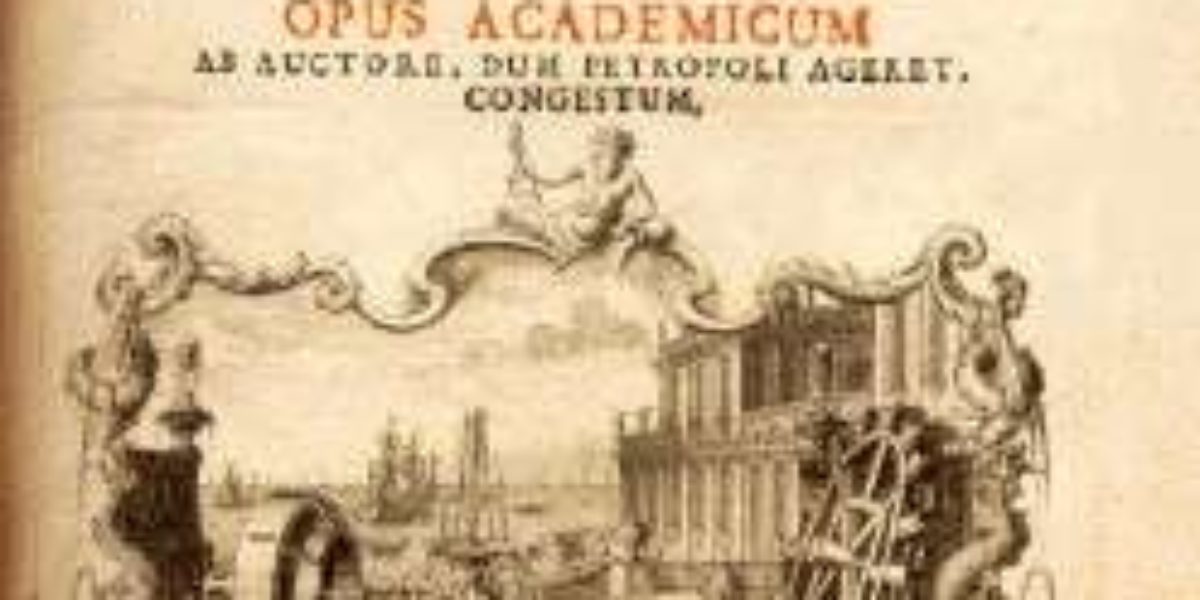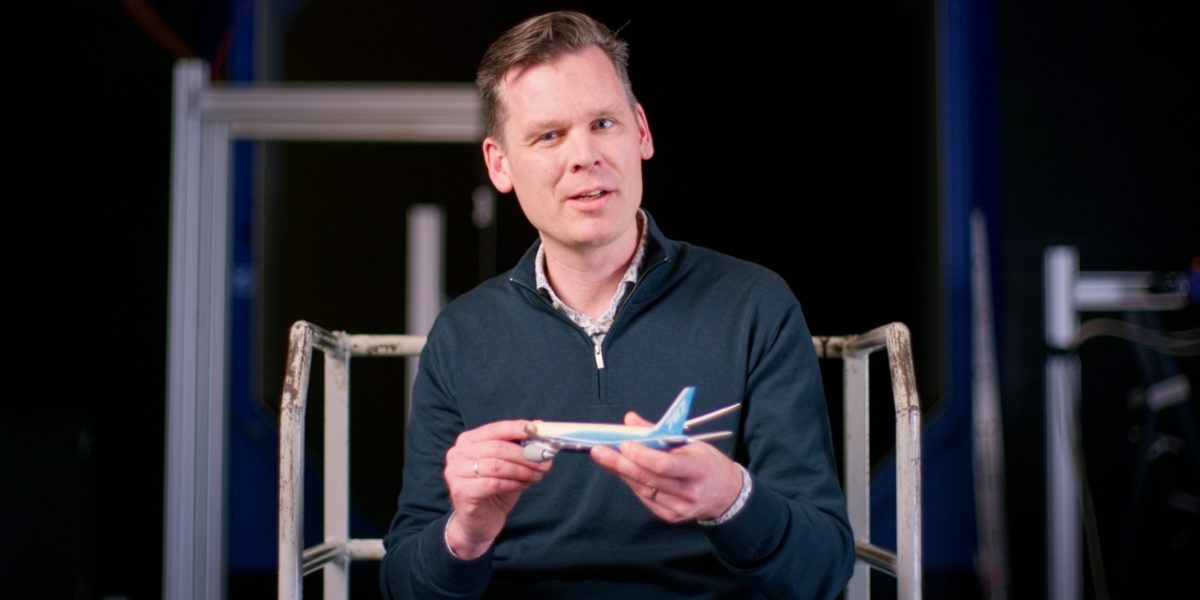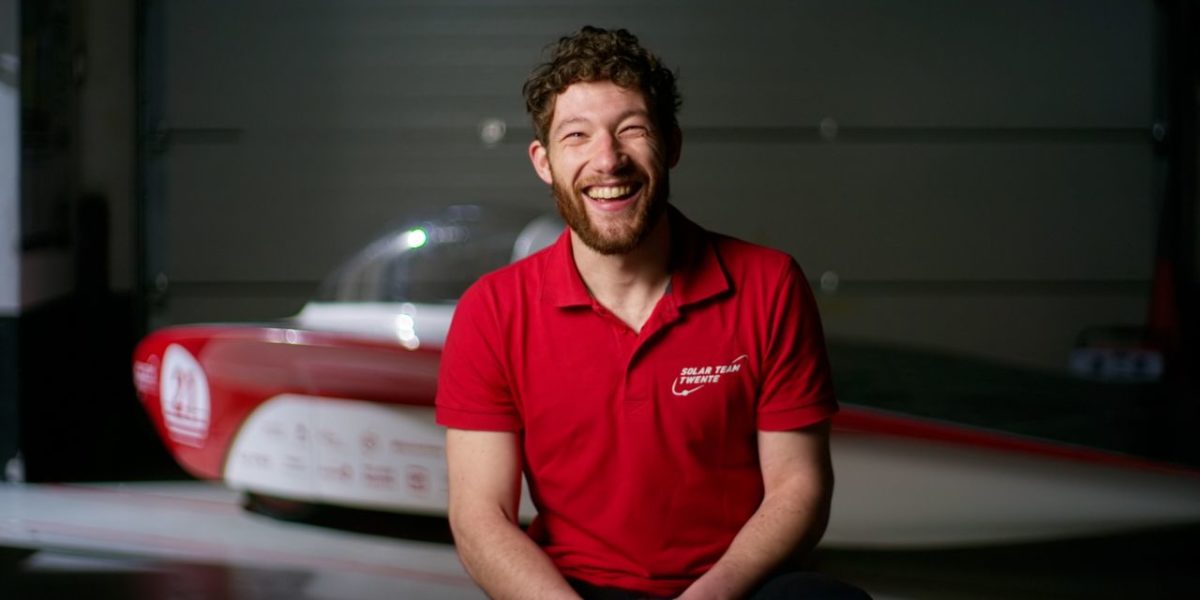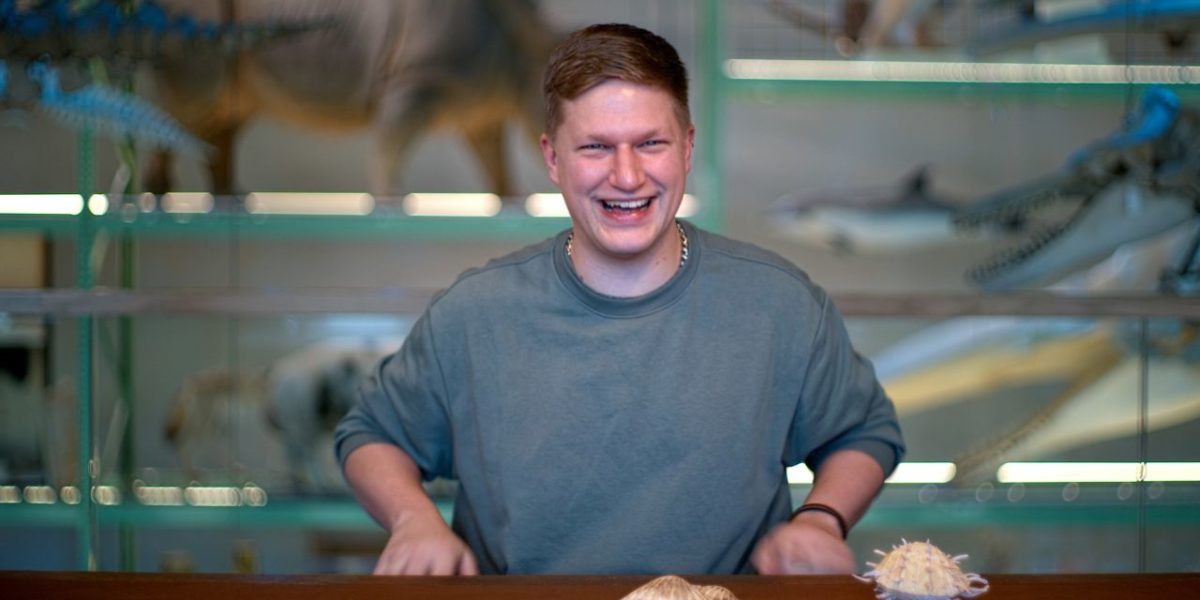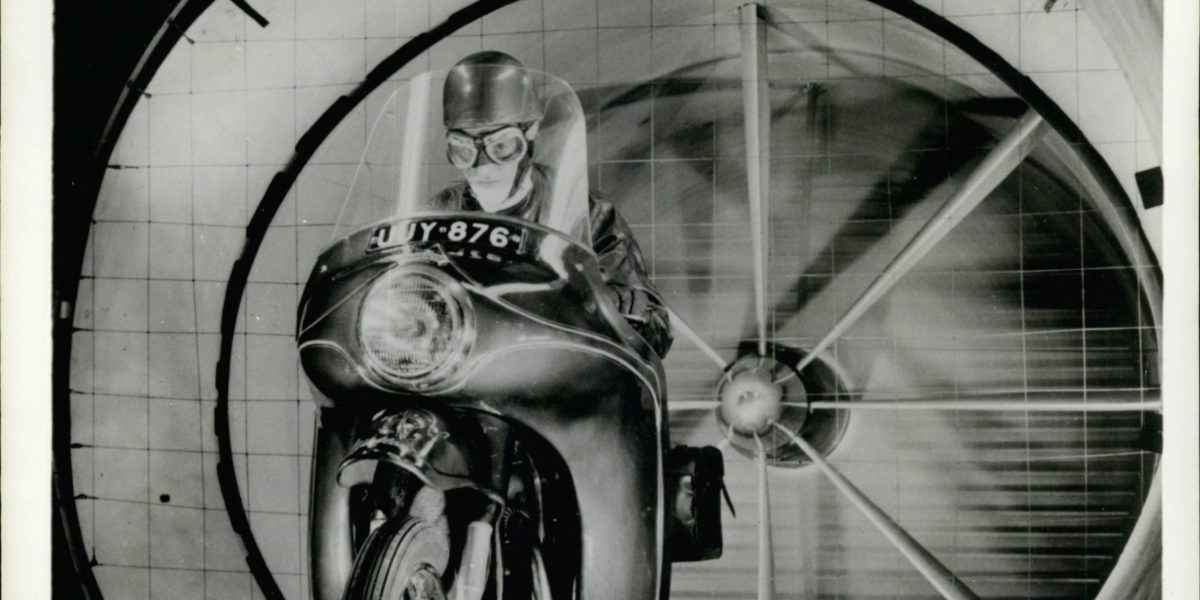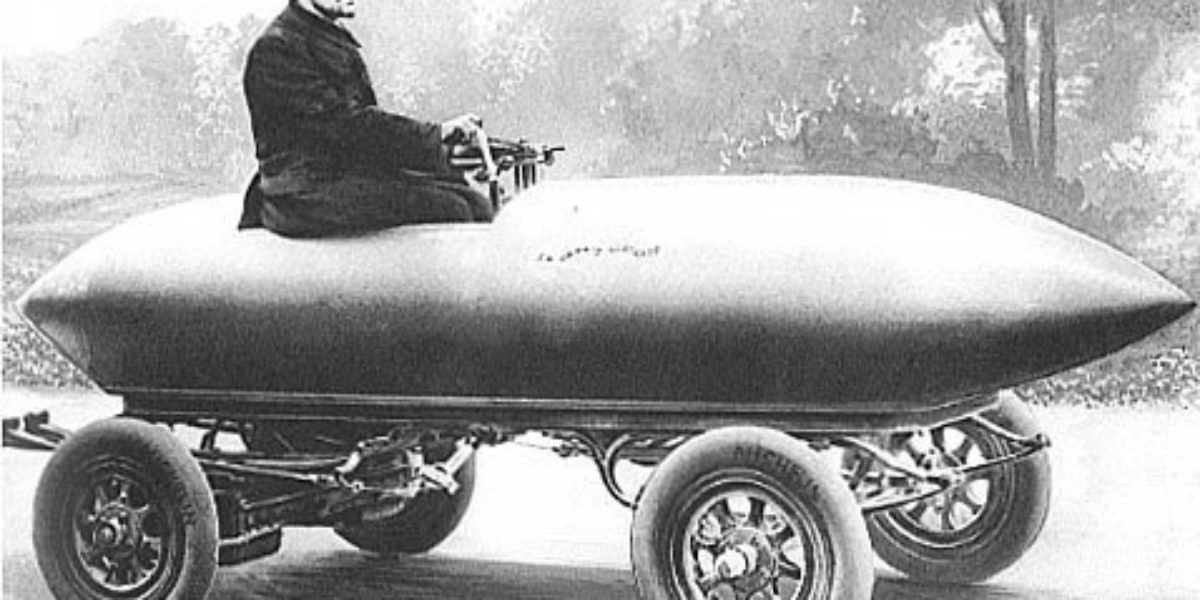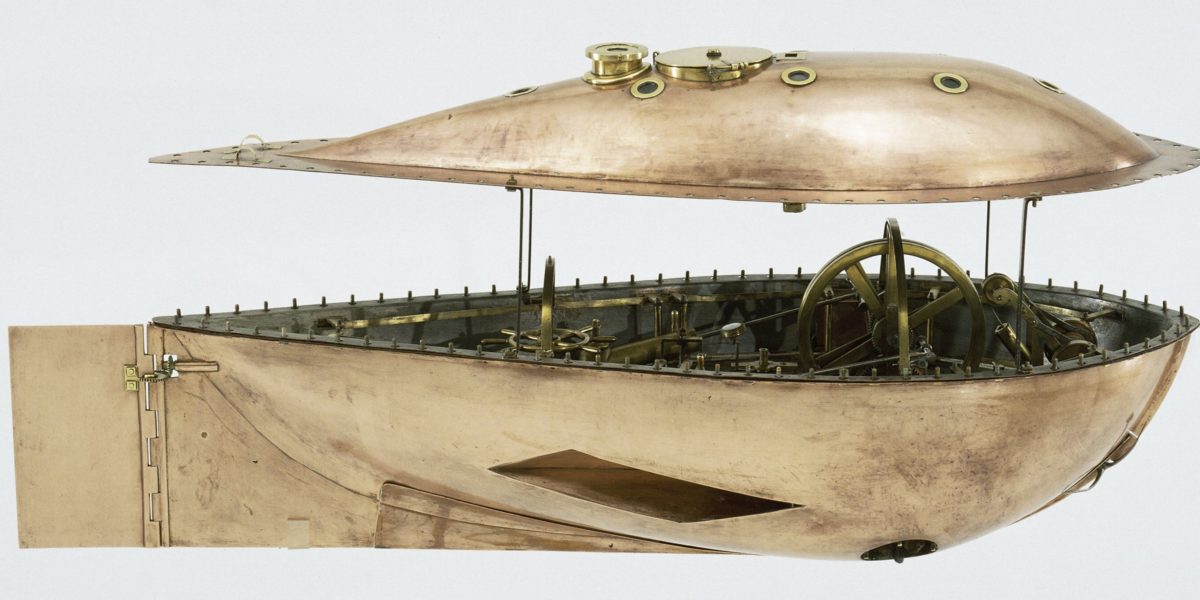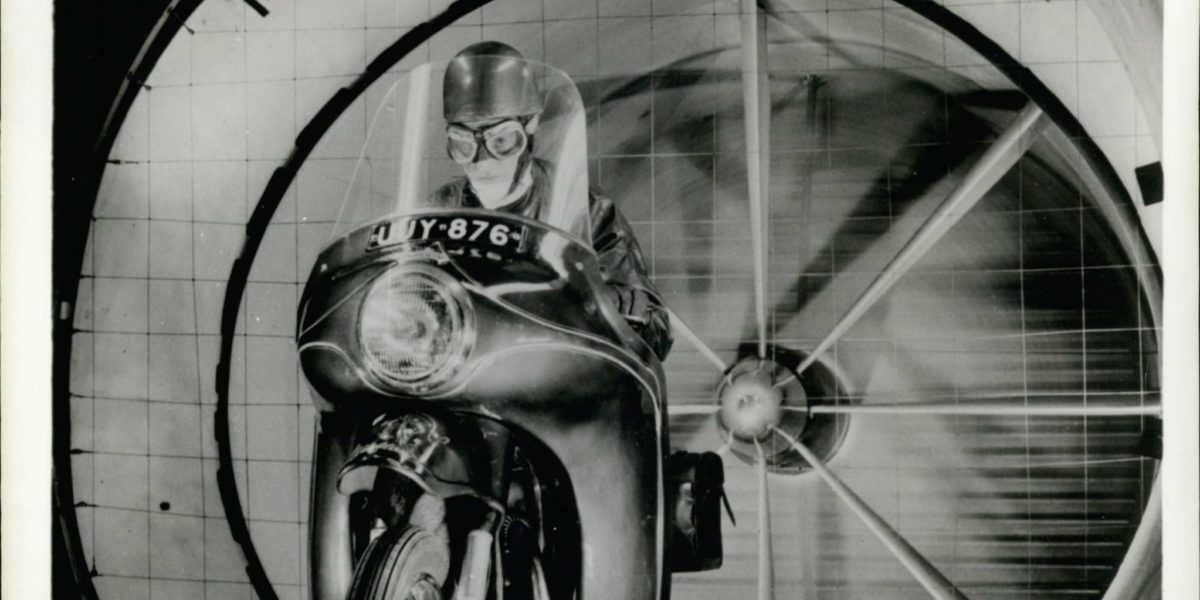At its height, the streamlined design was accompanied by certain modern ideals. The easy-to-clean exterior of many of these products held out the promise of a life free of dust and unnecessary dirt.
Daily life, too, could be streamlined. An example was the emergence of ‘scientific management’ at the beginning of the 20th century. Armed with stopwatch and camera, ‘time-and-motion’ experts scrutinized workers as they went about their jobs before recommending ways of making the process more efficient.
Futurama
In 1939, Norman Bel Geddes designed the Futurama attraction for the automobile manufacturer General Motors, whose distinctively streamlined pavilion made it a high-profile presence at the New York World’s Fair. Bel Geddes installed moving models that displayed his vision of 1960: a vision that reflected GM’s dream of a system of highways all across America, with streamlined, semi-automated cars zooming effortlessly back and forth. Everything was entirely geared to automobile traffic. As they left the pavilion, each visitor was given a badge with the words ‘I Have Seen the Future’.
The streamlined human
The most extreme expression of the streamlining ideal focused on the human body itself. Belief in eugenics, a pseudo-science which aimed to ‘improve’ human beings genetically, was widespread in the 1920s and 1930s. This so-called improvement of human beings was to be done by allowing the ‘best’ people to reproduce, and supposedly ‘inferior’ ones not to have children. Disabled people who were seen as inferior by eugenicists were sometimes even forcibly sterilised.
The question of who was seen as perfect, and who as flawed, was ideological. It had little to do with objective science. Against this background, the fascination of many designers of the time with the evolution and perfection of humans, animals and objects takes on a decidedly dark side.
